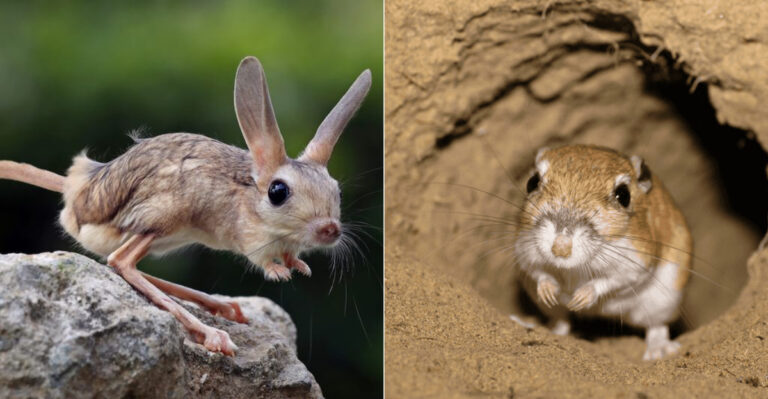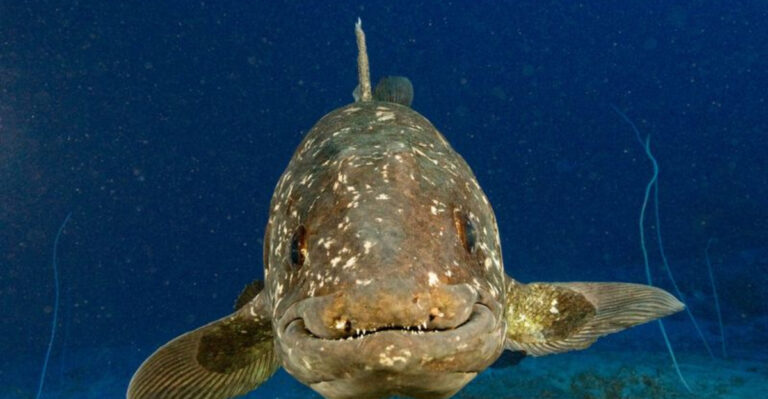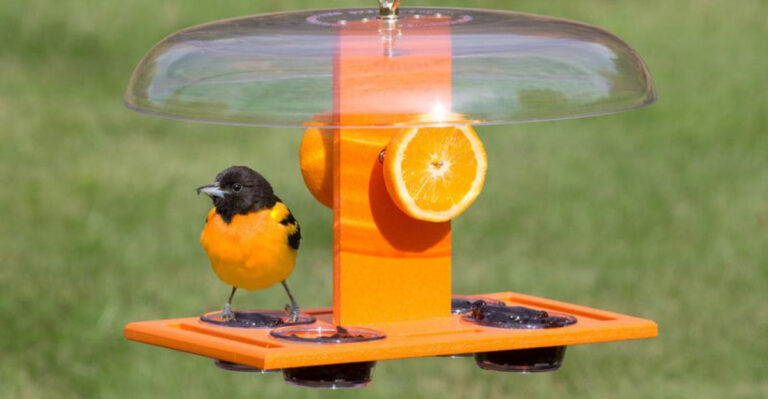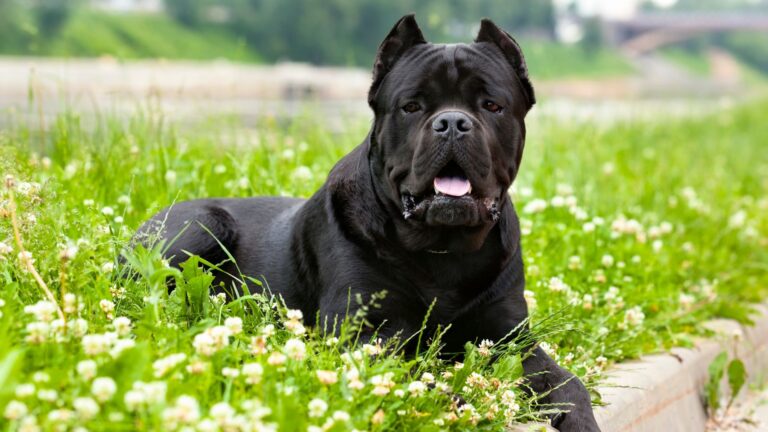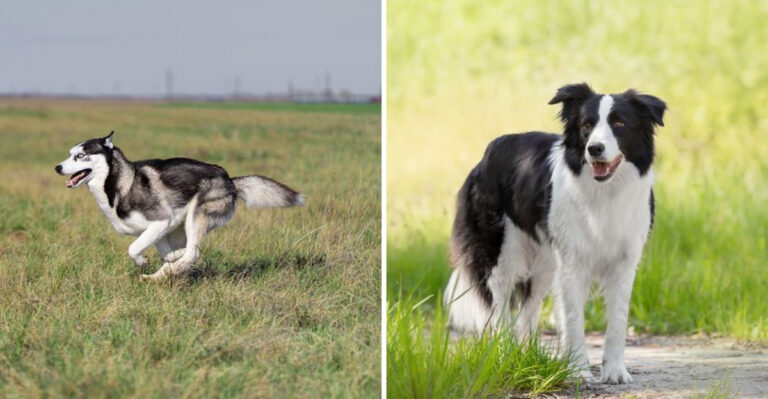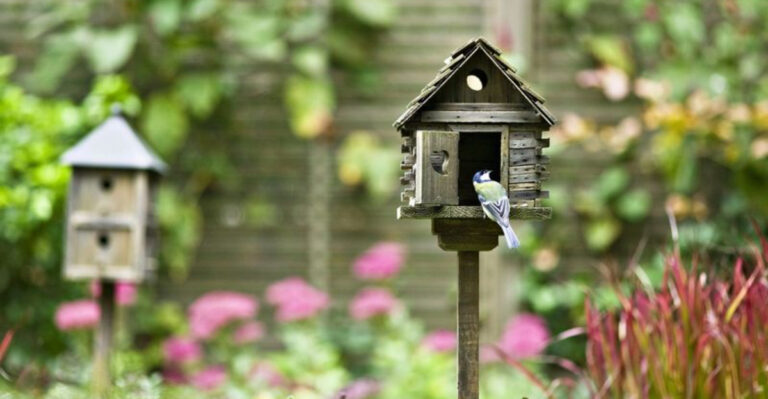14 Wild Animals Once Kept As Pets In The U.S. (But Not Anymore)
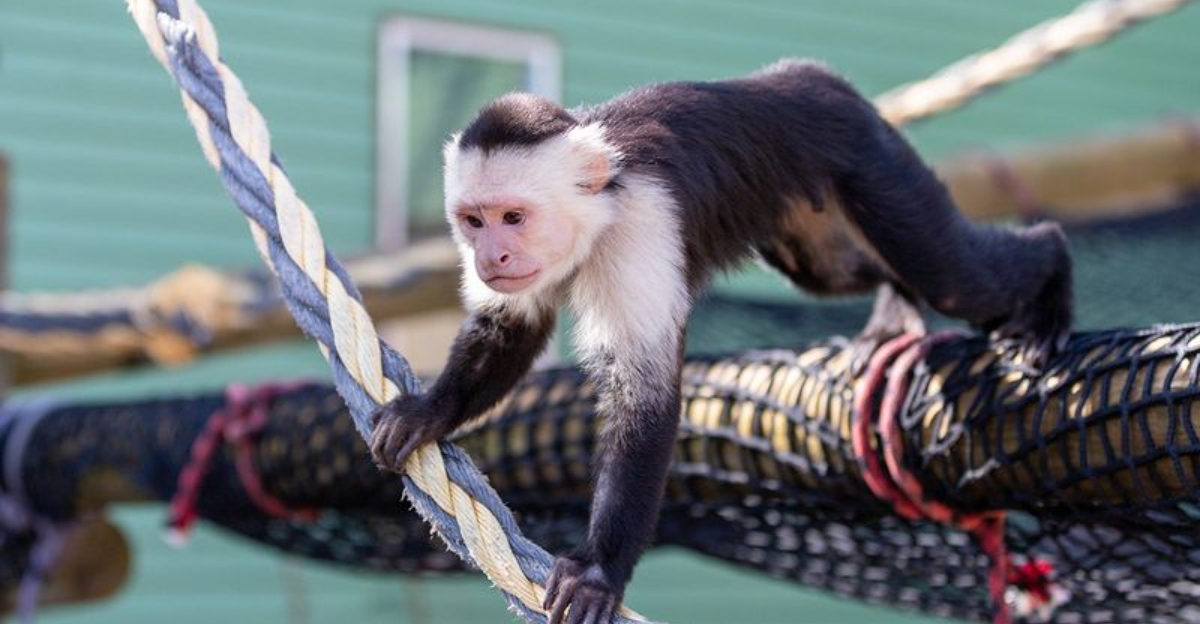
Remember when having a tiger in your backyard wasn’t just a Netflix documentary plot? There was a time in America when owning exotic animals was surprisingly common and largely unregulated. Families could legally keep creatures that would make modern zookeepers nervous.
As understanding of animal welfare and public safety evolved, laws changed dramatically, making many once-popular exotic pets illegal in most states.
1. Backyard Tigers
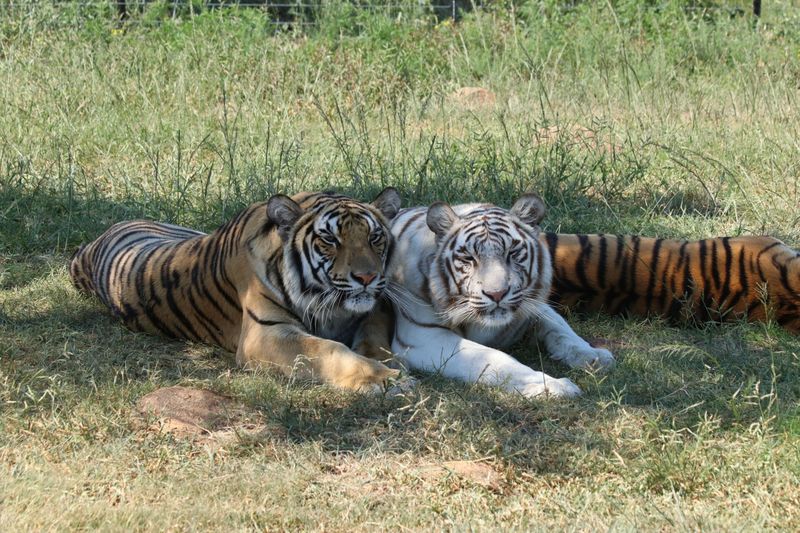
Before stricter regulations, some Americans casually kept tiger cubs as status symbols. Cubs grow into 500-pound predators with instincts that no amount of bottle-feeding can erase.
Estimates suggest there were once more tigers in American backyards than in the wild. After multiple maulings and the 2003 Siegfried and Roy incident, most states enacted bans.
2. Living Room Lions
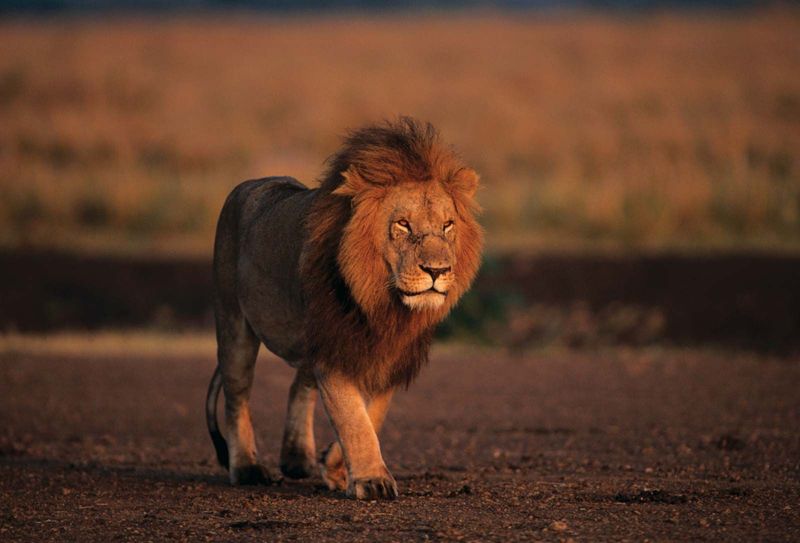
Imagine answering your doorbell with a lion cub in your arms! In the 1970s, you could purchase a lion cub for about $1,000 – less than some purebred dogs today.
Famous owners included actress Tippi Hedren, who kept multiple lions in her home. These 400-pound cats eventually outgrew even the most luxurious living rooms, leading to abandonment and tragedy.
3. Bathroom Alligators
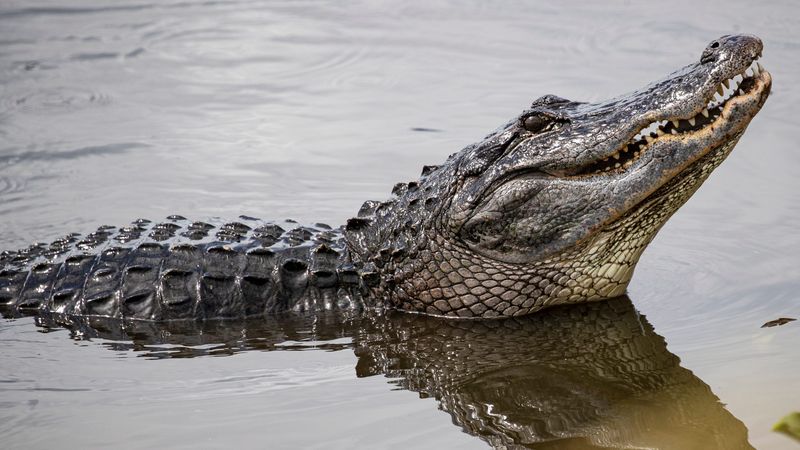
Urban legends about sewer gators actually stemmed from a strange reality – baby alligators were once popular pets! Sold as cute 8-inch novelties at tourist shops throughout Florida and Louisiana.
When they grew into snapping 6-footers, many owners flushed them or released them locally. This led to invasive populations and the famous “No Flush” laws of the 1970s.
4. Monkey Business
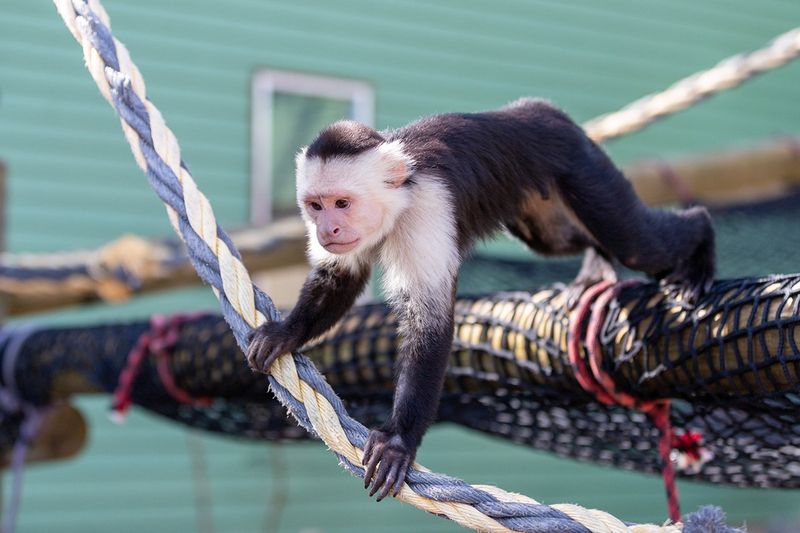
Dressed in doll clothes and diapers, capuchin monkeys were the living teddy bears of the wealthy during the 1920s-1960s. Department stores actually sold them alongside exotic birds!
Their intelligence made them seem human-like, but also led to destructive behavior when bored. Bites, destroyed homes, and zoonotic diseases eventually revealed the cruelty behind the cute facade.
5. Backyard Bears
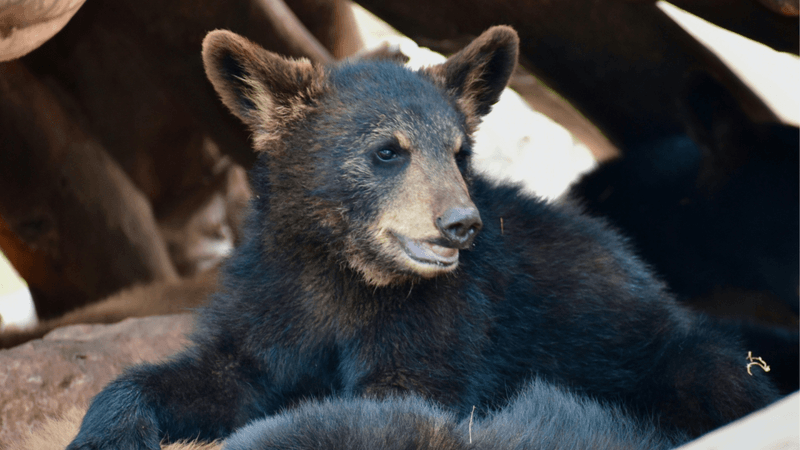
Before regulations tightened, black bear cubs could be purchased at roadside attractions across rural America. These “teddy bears come to life” quickly grew into 300-pound adults with powerful claws.
Famous cases include the bear that appeared in the 1980s TV show “BJ and the Bear.” Most ended up in inadequate cages or were euthanized after inevitable aggressive incidents.
6. Couch Cheetahs
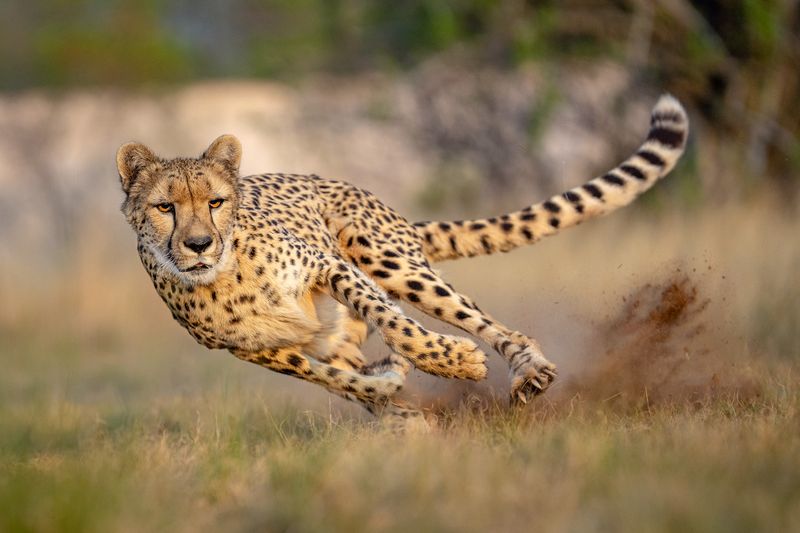
With their slender build and relatively docile nature, cheetahs were once the exotic pet of choice for the ultra-wealthy. Josephine Baker famously walked her cheetah on a leash through Paris streets!
American oil tycoons and celebrities kept them as status symbols in the 1950s-70s. Their specialized diet and need to run at 70mph made captivity particularly cruel for these racing cats.
7. Bathtub Otters
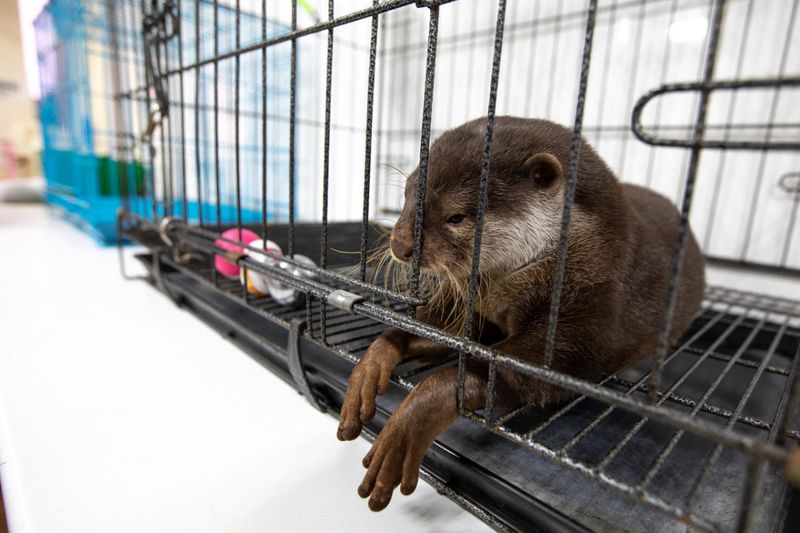
Those playful water acrobats made surprisingly popular pets during the 1960s. Families with backyard pools or access to water features would keep these energetic critters for entertainment.
While undeniably charming, otters require constant attention and specialized environments. Their sharp teeth, destructive tendencies, and complex social needs led to bans in most states by the 1990s.
8. Dining Room Wolves
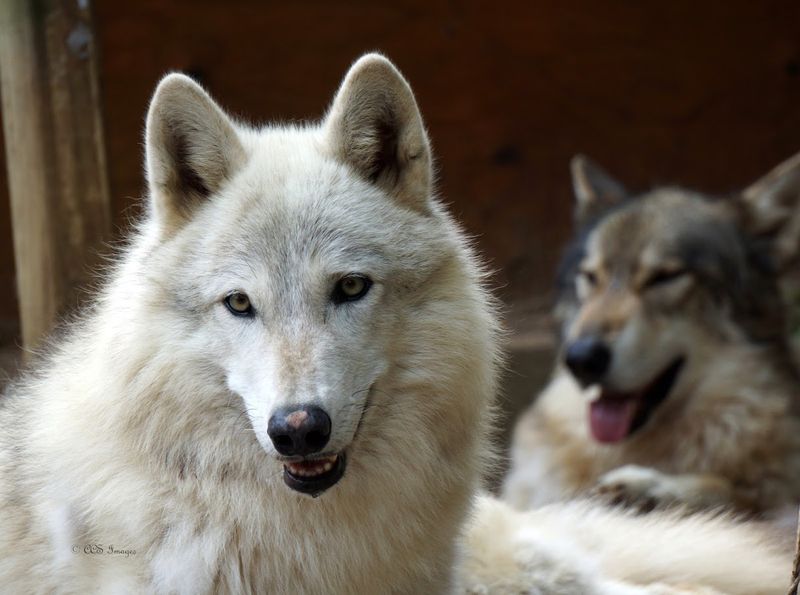
Wolf pups howling in suburban homes weren’t uncommon in the 1970s-80s. The romantic notion of owning a piece of the wild led many to purchase wolf-dog hybrids from unscrupulous breeders.
Reality hit when these animals matured and their wild instincts emerged. Most escaped containment, ended up chained outdoors, or were euthanized after failing to adapt to domestic life.
9. Porch Cougars
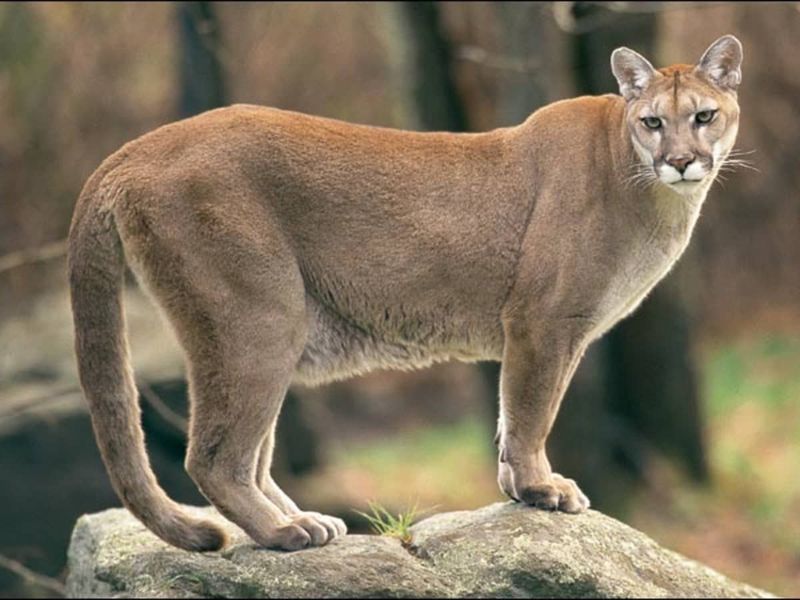
Hollywood’s elite started a dangerous trend in the 1960s by keeping mountain lions as exotic companions. Salvador Dali famously traveled with his pet ocelot, inspiring wealthy Americans to acquire similar big cats.
These ambush predators were simply impossible to safely contain in homes. Several maulings and the landmark 1973 Endangered Species Act finally curbed this deadly fashion statement.
10. Patio Pythons
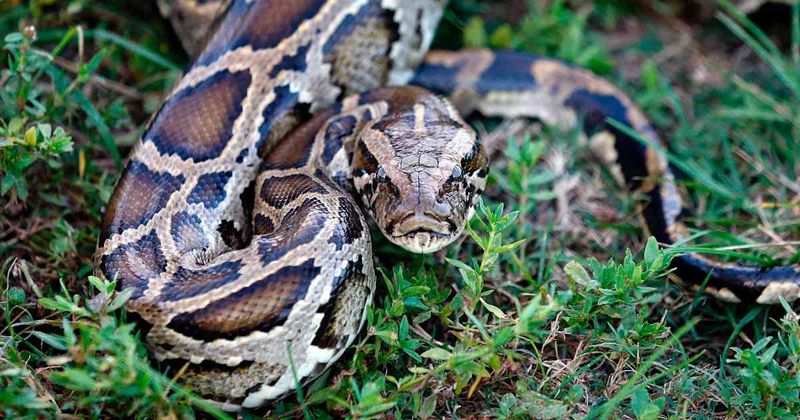
Giant snakes slithering through suburban homes became oddly common in the 1980s-90s. Burmese and reticulated pythons were sold as hatchlings without warnings about their eventual 20-foot length.
These massive constrictors have caused numerous deaths, including children. Florida’s Everglades now struggles with released specimens creating an ecological disaster that prompted the 2012 federal python import ban.
11. Kitchen Kangaroos
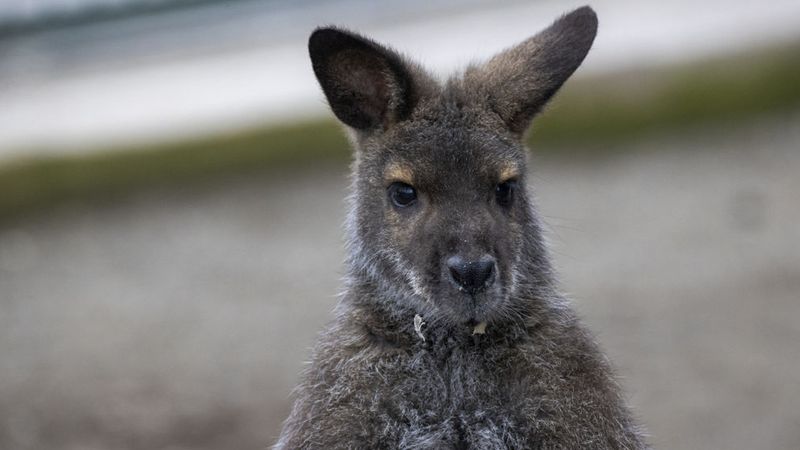
Hopping through American homes, wallabies and small kangaroo species were exotic status symbols during the 1980s. Their cute appearance and upright posture made them seem like novelty pets.
The reality? Powerful kicks that could shatter bones, complex nutritional needs, and impossible space requirements. Most suffered in inappropriate conditions until states began banning exotic marsupials in the 1990s.
12. Garage Giraffes
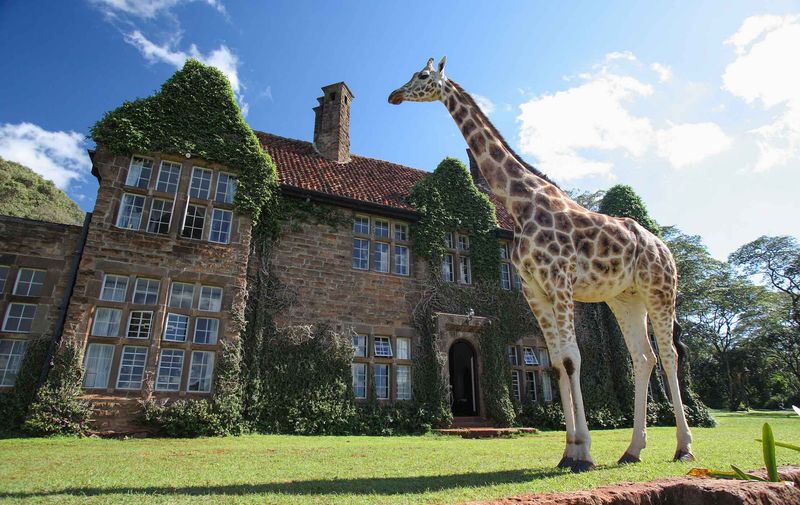
Believe it or not, private zoos and eccentric millionaires actually kept giraffes as status symbols! Special buildings with 20-foot ceilings were constructed just to house these gentle giants.
The specialized care, massive space requirements, and difficulty transporting such enormous animals eventually made ownership nearly impossible even before legal restrictions.
13. Sunroom Sloths
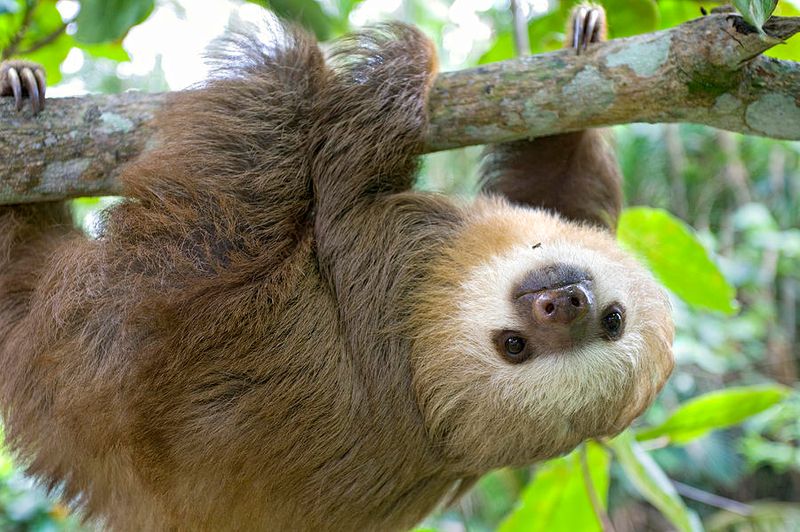
Those slow-moving tree-dwellers found themselves in American homes during the exotic pet boom of the 1970s-80s. Their gentle nature and seemingly perpetual smiles made them appear ideal for captivity.
Few owners understood their complex dietary needs and specialized environmental requirements. Most died quickly from improper care, leading to import restrictions and eventual bans in most states.
14. Bedroom Hyenas
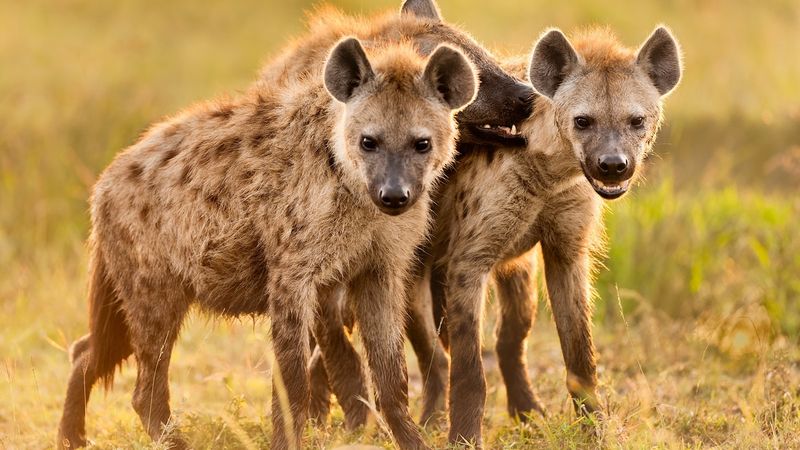
Perhaps the most surprising former pets, spotted hyenas were kept by particularly adventurous exotic animal collectors. Their unusual appearance and distinctive “laugh” made them conversation pieces for the ultra-wealthy.
Despite their dog-like appearance, these powerful predators have one of the strongest bite forces in nature. After several serious attacks, they became some of the first animals specifically named in exotic pet bans.

